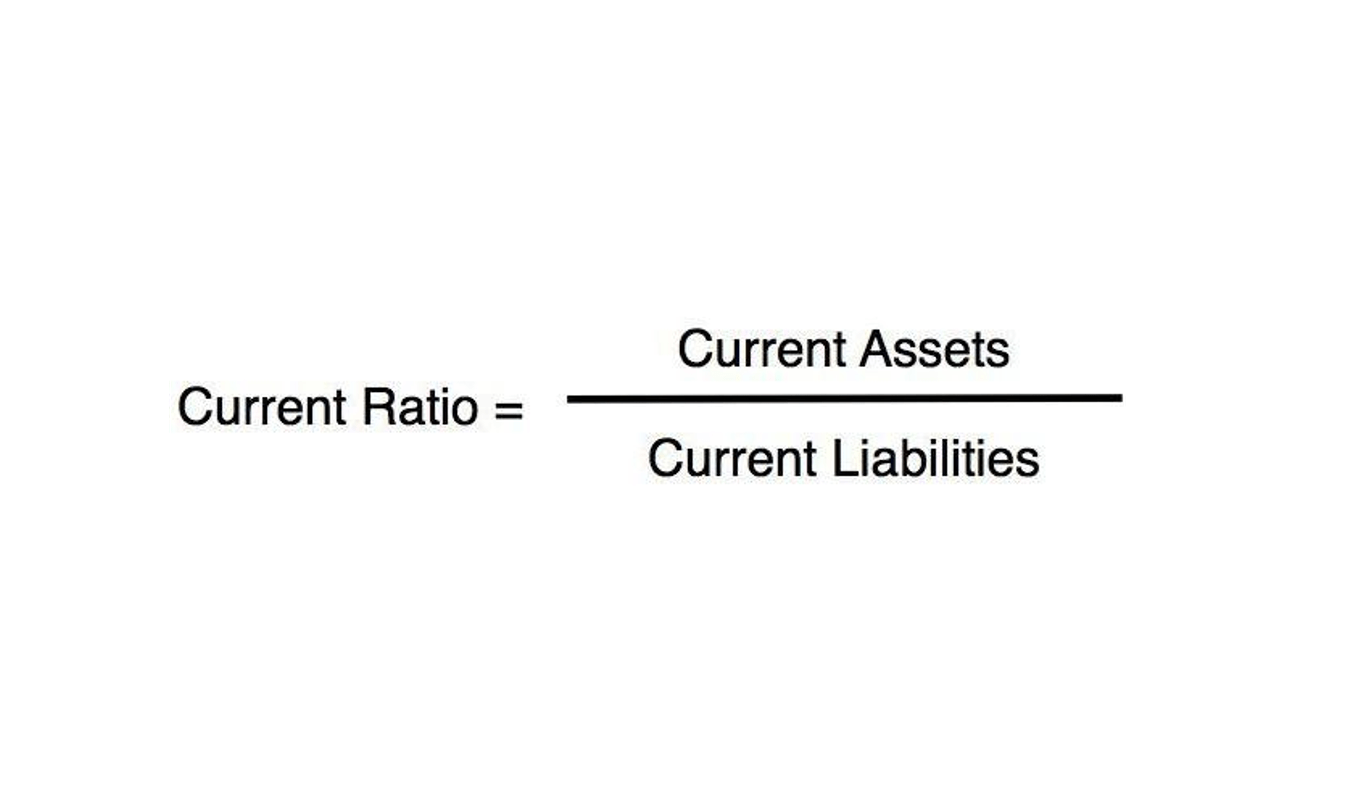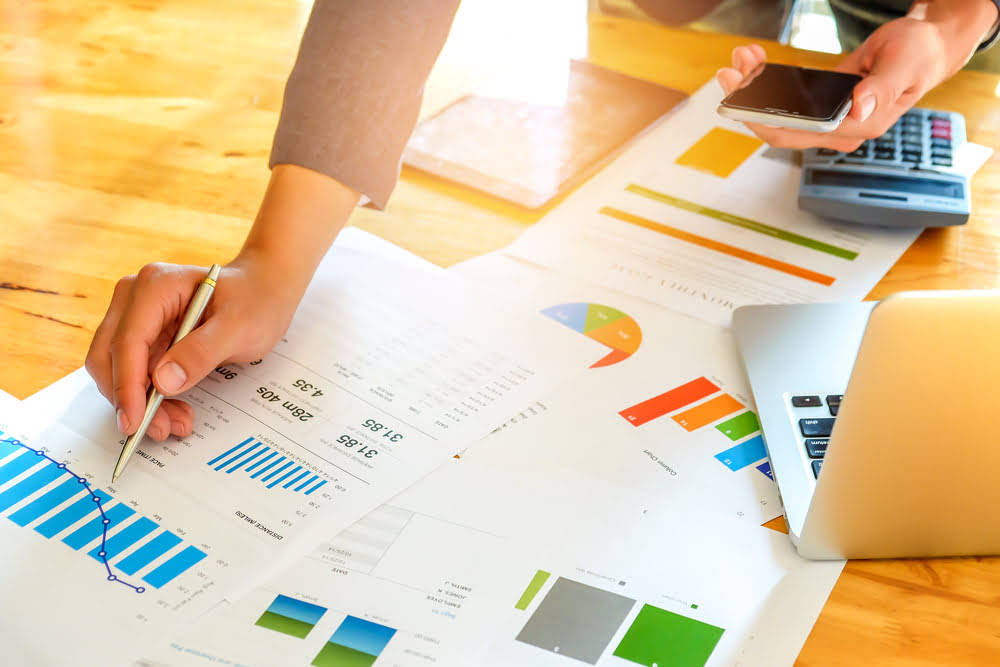
From purchasing stock to maintaining operational costs, financial management is the heartbeat of these bustling retail hubs. Supermarkets must strike a balance between stocking enough products to meet customer demand without overstocking and tying up excess capital. Smart inventory management systems and software play a pivotal role in forecasting demand, reducing waste, and optimizing stock levels.
User-Friendly Interface Options
Such ERP software will help in increasing the net revenue and gross profit earned by your organization while also ensuring customer satisfaction and, therefore, customer retention. ERP software thus has the power to ensure the continued success of this industry in the USA by mitigating its challenges. Pabbly can handle your financial metrics and show you monthly payments, revenue, net revenue, active customers and new subscriptions. Equipped with core accounting features, tools to automate accounting processes and cash flow, budgeting and invoicing capabilities, Sage50 Cloud subscriptions start at $44.97 per month.
Oracle Fusion Cloud ERP
The difference is then multiplied by the cost to retail price ratio, which tells you what percentage of the retail price is the cost. So, the retailer figures out the average cost and applies it to all the screws in stock. This way, retailers greatly simplify the way they track items, saving loads of valuable time in the process.
Samsung Pay
As our business increases, file records also increases, which leads to insufficient space. Thie manual system obstructs our productivity and decreases the chance of success. The data are prone to theft or fire, which grocery store accounting may suffer the growth of the company. To create a backup of the general ledger and to store it can be so time-consuming. Adapting to market trends, consumer demands, and economic fluctuations requires agility.
- From the obtained result, it is necessary to subtract the balance of the commodity mass in the accounting prices, formed at the end of the reporting period.
- If this is the case, you need to figure out a way to assume the cost of goods sold so that you can compare this to your ending inventory and calculate your profit.
- Synder provides you with the tools to manage your own accounting and helps simplify the entire retail accounting process.
- In order to best develop and maintain B2B relationships, businesses in this industry should also hire dedicated sales teams that can pitch the service, negotiate terms and manage relationships.
- As you move through the retail accounting cycle, there are three financial statements you’ll want to look at — income statement, balance sheet, and cash flow statement.
Here’s why grocery stores like you trust Bench with their bookkeeping and accounting

With the best accounting software, you can easily track and manage your inventory in real time. This feature is crucial for ensuring grocery store profitability and effective inventory control. Increasingly uncommon, some grocery stores and supermarkets still maintain open accounts for frequent customers. The POS should update the accounts and the systems should prepare bills as required.
- Now that you understand the importance of choosing the right accounting software for your supermarket, let’s look at how to identify the best cloud-based alternatives.
- Additionally, cultivated meat also lowers the methane gas level generated from cultivation.
- With the information stored in ERP, updated in real-time, and then derived insights from, it will let your organization buy what is needed when it is needed and combine the factors of production on time.
- If you download the Countingup app, monitoring cash flow is much easier due to Countingup’s automatic profit and loss reporting.
Tracking inventory amounts

Snapshots are taken daily and then replicated to another physical Right Networks facility for Disaster Recovery. Embrace the power of technology and unlock your supermarket’s true potential with the best cloud-based alternatives available. To prevent such incidents, you must implement robust data breach prevention measures.
- Instead, all your financial data is securely stored in the cloud, accessible from anywhere with an internet connection.
- In this competitive world, it is necessary to manage the account quickly and easily.
- The best accounting software helps you fill out important financial documents, like income statements, balance sheets, and cash flow statements.
- The previous four inventory costing methods value inventory based on the cost to acquire the inventory.
- This seamless integration allows for streamlined operations, eliminating the need for manual data entry and reducing the risk of errors.
Poor Inventory Management and Forecasting
These cloud-based solutions offer several advantages over traditional on-premises software. Now that you understand the importance of free accounting software for your supermarket’s financial management, let’s explore how to choose the right solution for your specific needs without breaking the bank. With automated calculations and reporting capabilities, these tools save you time by eliminating manual data entry and reducing https://www.bookstime.com/ the risk of human error. This ensures accurate financial records that are essential for making informed business decisions. Why you need free accounting software for your supermarket is because it helps you keep track of sales, inventory, and expenses without spending money on expensive software. Sync your retail accounting software with apps that bring together all your sales channels, transactions, and expenses in one place.
- With features tailored specifically for grocery stores, these software solutions will make your life easier and more enjoyable.
- Your assets minus your liabilities equals your equity, which is the value of your business outside of what you owe.
- This proactive approach not only minimizes financial risks but also relieves supermarket owners of tax-related stress.
- When organizing a retail sale of products, the consumer does not prepare invoices for goods that indicate the purchase price of the goods sold and its quantity in keeping records of transactions.
- Discover the ins and outs of retail accounting to help you stay on top of your bottom line.
We manage your books, leaving you more time to focus on stocking shelves and satisfying customers. When organizing a retail sale of products, the consumer does not prepare invoices for goods that indicate the purchase price of the goods sold and its quantity in keeping records of transactions. When determining the discount price, a bookkeeper must compose a formula that will allow him to make calculations necessary for bookkeeping. Specific identification inventory costing attaches cost to specific items in inventory. The specific identification method of inventory costing applies primarily to high-ticket items, like automobiles.
Why is free accounting software necessary for supermarkets
While retail accounting tracks inventory based on sales price, cost accounting tracks each item based on its total acquisition cost. Cost accounting is often more complex because it involves tracking factors such as shipping, manufacturing, overhead, and development costs. In addition to improving financial analysis, accounting software streamlines bookkeeping by simplifying daily transactions. You can easily record sales, expenses, and invoices with just a few clicks, eliminating the need for manual data entry or paper-based systems. This not only saves time but also reduces the risk of errors and ensures accurate record-keeping.

